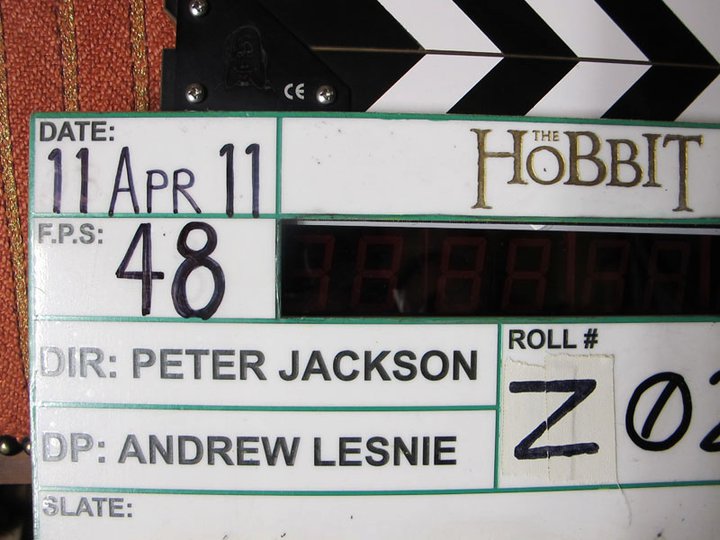The way we see films is an ever changing, much debated, controversial topic. We’re in an age now where you can get any film instantly through the internet, where anyone can make a film if they have a cell phone and passion, and where film, in the most literal sense, is going away. Recently we’ve been plagued with a rush of movies being released in 3D, almost always just to make more money off the higher ticket prices. We may be heading toward a time where all movies are in 3D, something as standard as color or sound.
With the release this weekend of “The Hobbit: An Unexpected Journey,” director Peter Jackson is not only employing 3D, but he’s rolling out another new technology, high frame rate (HFR). To put it very simply, it’s this: most films are shot with 24 frames for every second. Jackson believes that in doubling that to 48 frames, “The Hobbit” gains a sense of realism and clarity that you don’t experience in most films. To an extent, he’s right. HFR has it’s moments, the sweeping landscape shots that the “Lord of the Rings” franchise is known for are even grander and more impressive than before, and action scenes are much easier to follow.
However, there are a lot of negatives. To start, the quality takes a while to get used to, which is very off-putting. In the start of the film, everything looks like it’s moving way too fast and can even give the appearance of being kind of cheap. Once your eyes adjust, it usually isn’t distracting, save close-ups which are almost always weird.
Personally I didn’t have a big problem with the HFR. I prefer the usual 24fps but 48fps didn’t bother me too much. However, it may bother other people, and that’s where the big question comes in: will studios start embracing this like 3D? A lot of modern audiences actually hate 3D now that we’ve been bombarded with so much of it. The whole reason 3D took off was from “Avatar’s” success, if “The Hobbit” is successful (which it almost certainly will be) are studios going to decide to start shooting this way to get even higher ticket prices?
That’s what worries me especially. It is likely that HFR will be a lot like the 3D trend. We’ll see it used poorly a lot, save for a few films made by expert filmmakers. After a point it’ll be hard to find screenings of the movie in normal 24fps.
This may of course not be a problem if, as Jackson has claimed, we all become accustomed to HFR and start to expect it as something all movies have. That brings up something else entirely though; what happens to older movies?
Already the average moviegoer has a rejection of older movies. I’ve heard people complain countless times about something being in black and white or even just “looking old.” If we become used to 48fps, will people even want to watch older movies? Will “The Dark Knight” look weird to them?
Any new technology is going to bring all these problems up, and none of them are good reasons to say we should stop advancing cinema technology. What we don’t want is for that new technology to get in the way of the past. It’s tough to find a normal 2D showing of “The Hobbit,” and if you’re someone who really dislikes 3D, that sucks. The new technologies shouldn’t be limiting how we can experience film, it should be expanding it, but the way things are going now, it looks like studios and theater chains don’t want that.
I’d recommend seeing “The Hobbit” in HFR yourself just so you know what it’s like, and to be fair the 3D is very well used as well. Maybe I’ll be eating my words in a few years and love HFR, but for now I’d just rather it had never been thought up.



